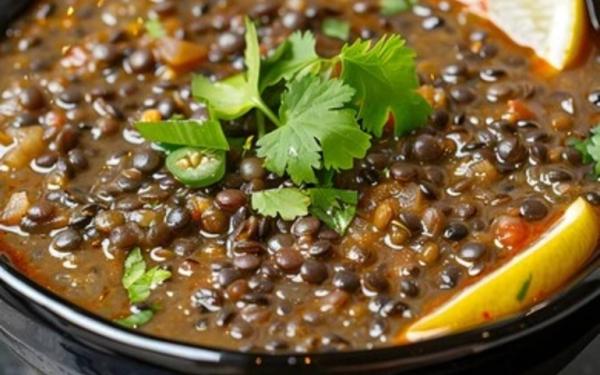Barley (Hordeum vulgare), a member of the grass family, is a cereal grain grown globally. It was first domesticated in the Fertile Crescent around 9000 BC, making it one of the first cultivated grains, and one of the first plants essential to Middle Eastern history and culture. In fact, the first archaeological evidence of wild barley usage comes from a site at the southern end of the Sea of Galilee, dated to 23,000 BC[1].
Barley grows best in well-drained soil that receives full sunlight, a common condition across the Middle East. It is also more tolerant to soil salinity than other cereals, which may explain why it was grown as one of the primary grains in the fertile crescent, as this region has slightly higher soil salinity than others. However, barley is frequently grown for both food and straw across much of the world[2].

Cultural Relevance of Barley
In many ancient Middle Eastern cultures, Barley symbolized abundance, fertility, and renewal. In Mesopotamia and Ancient Egypt, barley was used not only as a food, but also as currency and medicine — highlighting the crop’s importance in daily life. Barley also had religious significance for these cultures, as Mesopotamians worshiped Ninkasi, the goddess of beer (made from Barley), and the Ancient Egyptian god Osiris (god of the afterlife) was often depicted with sprouting barley to symbolize resurrection[3]. The importance of barley in the ancient Middle East is also understood through various verses in the Quran, the Tanahk, and the Bible, among other religious teachings.
In the ancient Middle East, barley cultivation and processing had three main steps: harvesting, threshing, and winnowing. First, stalks were harvested from the field using sickles. This was usually a group project, involving men, women, and children. These stalks were then taken to a threshing floor, where they would be laid out for livestock to walk over, allowing for the separation of grain from the stalk. After the grain and stalk were separated, it then went through the winnowing process. The grain, husks, and stalks would be tossed into the air, and wind would blow away everything but the grain[4]. The remaining product was then stored and used in daily life for cooking, medicine, and even currency.
Today, the three steps (harvesting, threshing, and winnowing) of barley cultivation and processing remain, although they look much different. Each step of processing has become mechanized to varying degrees, and there are far more regulations that food-grade barley is required to meet [4].
Barley for Food
Barley is commonly found in Middle Eastern soups, stews, salads, and side dishes, and is often used for its nutty flavor and chewy texture. It is rich in fiber, manganese, selenium, vitamin B, and various antioxidants, making it a nutritious ingredient in any dish[5].
Barley is frequently prepared by simmering it in a pot of water or broth until it becomes chewy. To enhance its nutty flavor, it is frequently toasted before cooking. It can then be added to a variety of dishes for added depth and flavor[5].
Barley for Beer
Although is commonly used in Middle Eastern cuisine, barley is more famously known for its use in the crafting of beer. Since ancient times, barley has been used to create multiple different types of beer. In fact, the oldest recipe for beer comes from a 3,900-year old Sumerian poem honoring Ninkasi, the goddess of brewing. This recipe describes the production of beer from barley bread (bappier), through the process of fermentation. Although we don’t have exact recipe used, the oldest evidence for the brewing of beer comes from a 13,000 year old site in the Carmel Mountains near Haifa, in Israel. In addition to this, there are various other archaeological findings that suggest the brewing and sale of beer in the ancient Middle East, as well as evidence that workers in ancient Egypt and the ancient city of Uruk were once paid by their employers in beer. Barley-based beer has remained popular around the world to this day, although it has changed greatly from its earlier forms. At its creation, beer was typically brewed with a thick consistency, requiring a straw for consumption. Additionally, the brewing process today has much more variety, often using different techniques, different strains of barley, and resulting in a wider profile of flavors[6].



